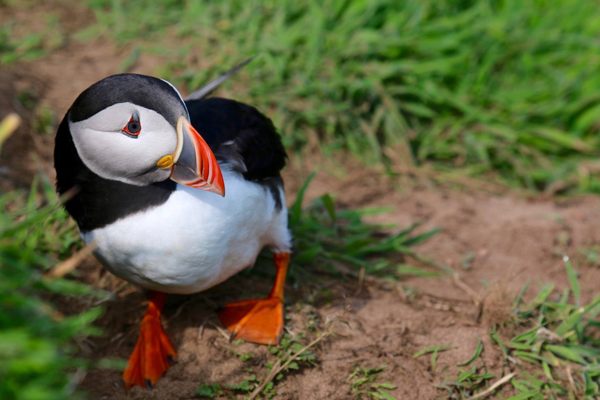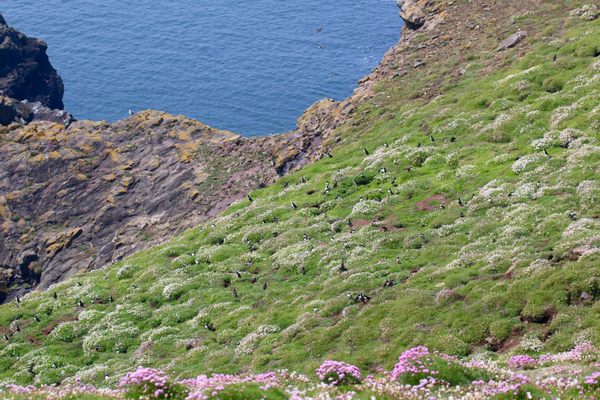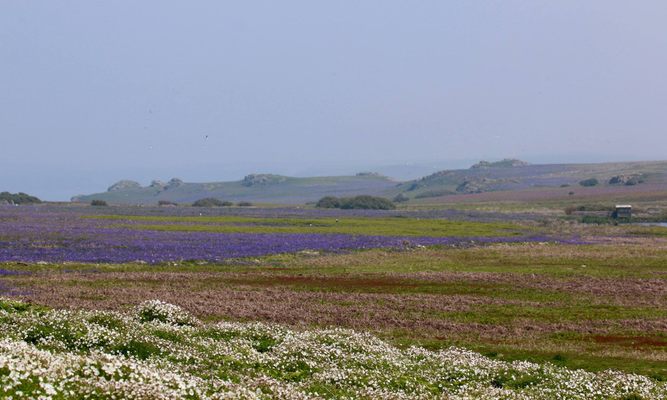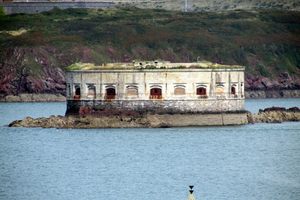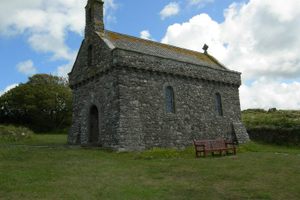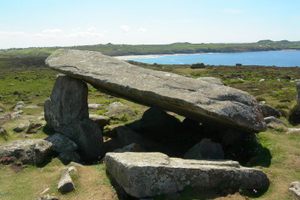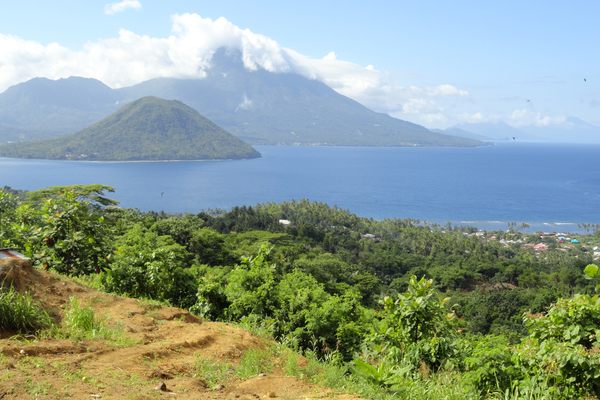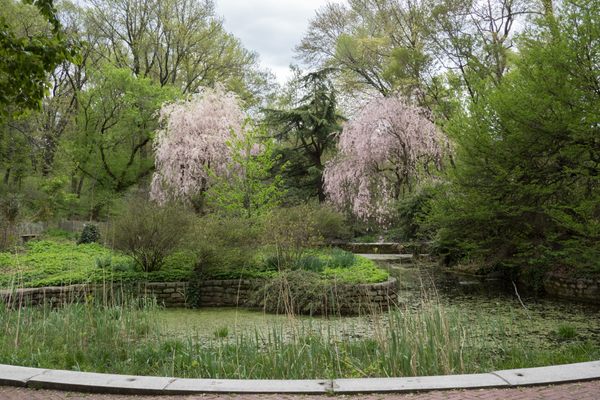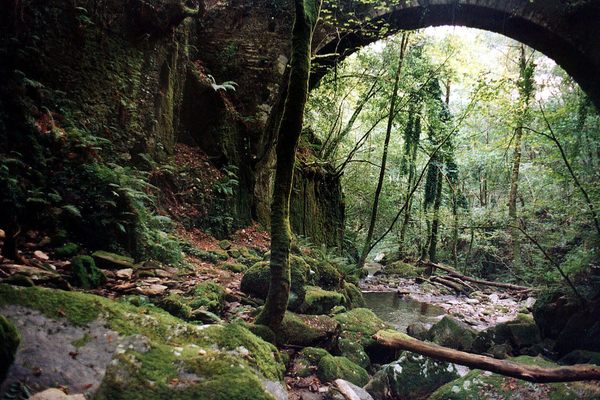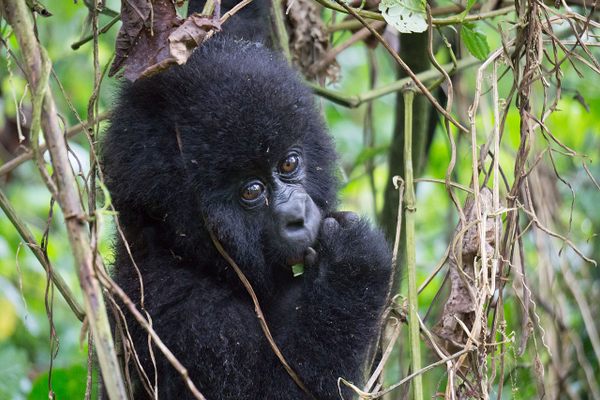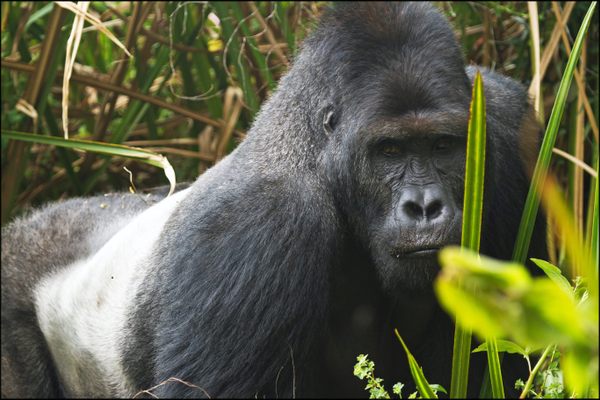About
Laying less than a mile off the stunning Pembrokeshire coast of Wales, Skomer Island is remarkable for reasons that are not superficially apparent.
That is because successive generations of tunneling and burrowing animals have dug an intricate and expansive honeycomb of nests and passageways beneath the island's visible surface — creating a unique and thriving local ecosystem.
Skomer Island and neighboring Skokholm Island are perhaps most famous for their puffins, hosting the largest puffin breeding colony in southern Britain. However, Skomer is also frequented by a dizzying array of other animal and plant species.
The island is home to a breeding colony of Manx shearwaters — the largest in the world, in fact, with up to 165,000 breeding pairs. Other bird inhabitants of Skomer Island include razorbills and guillemots, who line the cliff tops along with the ever-present members of the gull family: kittiwakes, herring gulls, lesser black-backed gulls, and, of course, greater black-backed gulls. Larger seabirds, such as fulmars and gannets, can usually be found gliding and fishing around the island.
Aside from the seabirds, there are large numbers of migratory birds who use Skomer as a stop-over, such as wheatears, swallows, and sedge warblers (to name but a few). The island is also home to a number of resident birds of prey, with peregrine falcons, buzzards, and short-eared owls being spotted regularly.
The main mammals on Skomer Island are rabbits and Skomer voles, which is a bank vole subspecies unique to Skomer. They frequent the island in the thousands and are the main grazing animal, maintaining the short vegetation and plant diversity.
The surrounding waters are likewise rich in marine life, with a huge population of Atlantic grey seals that can often be seen laying on the rocks and basking in the sun, with peak numbers in spring and autumn. It is not uncommon to see hundreds of seals laid out on the beach in Skomer’s North Haven. Porpoises and dolphins are also regularly seen.
Thanks to the combined efforts of puffins, shearwaters, and rabbits, there are very few spots on the island which have not been burrowed, making Skomer look like swiss cheese. Designated paths are set out for visitors, to avoid damaging any of this delicate habitat.
In spring, the island is thoroughly carpeted with bluebells and pink campion, which is truly a magnificent sight to behold. Whatever the season, though, Skomer Island remains one of the most picturesque places in Britain.
Related Tags
Know Before You Go
Accessible only by chartered boat, so there is a small fee (which the Wildlife Trust of South & West Wales uses for the island's upkeep). Check the official website below for more info. And, of course, don't forget your camera!
Published
June 28, 2016

